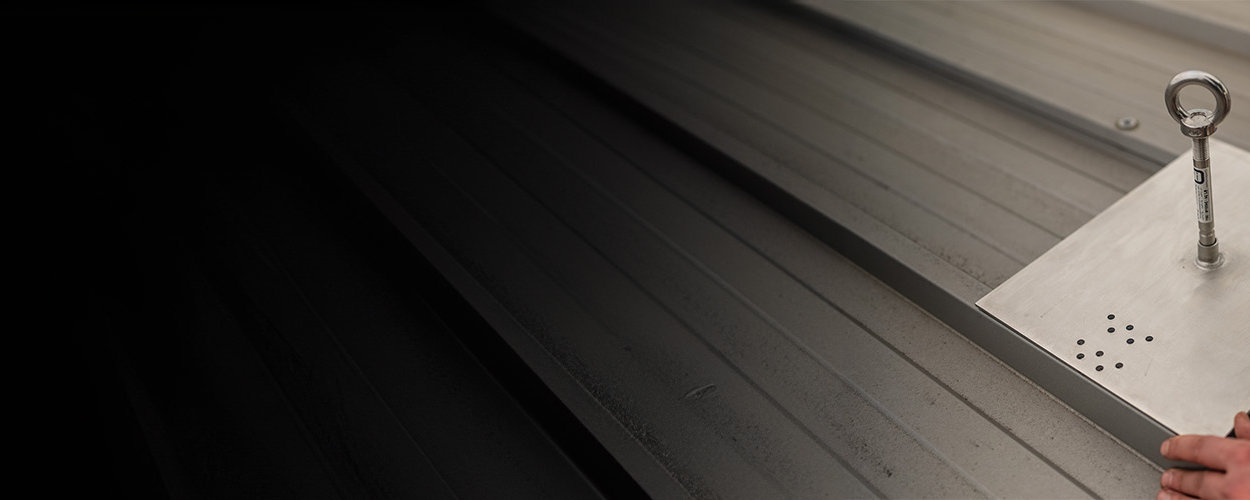Protection against falling during roof work
Fall protection generally refers to devices or practices that are designed to make areas at risk of falling as safe as possible for people. Fall protection measures are used particularly in occupational safety.
In roofing companies, plumbers, the construction industry and similar companies, this ensures that employees are protected against potential falls. Roofs can be divided into flat roofs and pitched roofs. The means that are available and can be considered for fall protection vary greatly depending on the local conditions.
Why is fall protection important for roof work?
Fall protection for roof work is determined by regulations. Companies must ensure that their employees have a safe workplace as part of occupational health and safety. In general, the legal framework alone means that there is no way around the design of fall protection systems for roof work.
It makes sense to regulate occupational health and safety by means of regulations. Roof work often involves an area where there is a risk of falling, which could jeopardise physical integrity in the event of a fall. A fall may not occur often for experienced roof workers such as roofers, but the safety mechanisms help to make the work even safer. During the various activities and operations on the roof, it is always possible to slip, step over the edge of a fall or simply be inattentive.
Securing workers at height with mobile/fixed fall protection systems is therefore a very important tool to ensure a safe outcome in the event of a fall and to prevent or arrest life-threatening falls.
As already indicated, there are options for implementing fall protection for roof work, both on flat roofs and pitched roofs. The way they work is very similar, but there are more options and applications for installing fall protection on flat roofs.
To protect against (fatal) falls, people are equipped with a combination of fall protection and personal fall protection equipment (PPE). The systems used are usually permanently connected to the respective structural equipment.
Fall protection for pitched roofs
Many systems are unsuitable for fall protection on pitched roofs due to the slope of the roof. Roof hooks with an integrated anchorage device are used to ensure that work can still be carried out safely. You secure yourself to these with the help of your protective equipment and are thus protected from a fall or impact in an emergency.
Fall protection for flat roofs
Anchor points and rope systems are the most common systems used to secure people when working on flat roofs. Both systems have their own advantages and disadvantages.
With single anchor points, it is usually relatively easy to secure the entire surface of the roof, but they restrict movement more than a rope system. In addition, the possible movement radii overlap when the flat roof is 100% covered. For example, horizontal movement is also possible with this, as the radius of movement always shifts with the rope.
Another very simple way to prevent falls is to use guardrail systems. These prevent the person from approaching the area at risk of falling.
Categories of fall protection for roof work
Fall protection systems can be categorised in many different ways. For example, a distinction can be made as to whether individual protection measures are involved or whether the safety system is to be categorised as collective protection. A distinction can also be made between restraint systems and fall arrest systems.
In any case, the conditions on site should be taken into account when designing the fall protection system. No generalised statements can be made in advance. Our product range offers the right product for almost every application. Why not present your project to us now, we will be happy to advise you!
